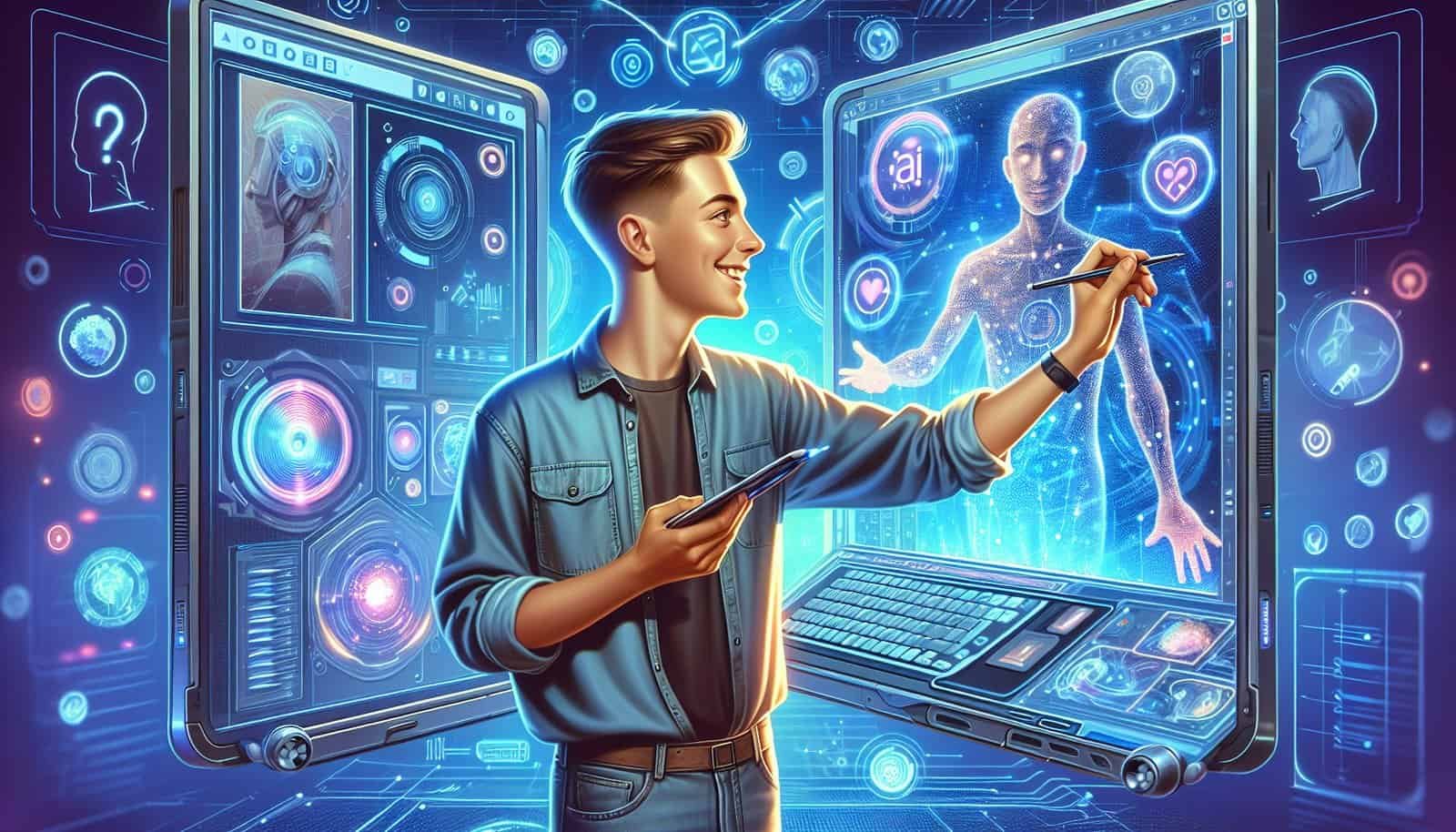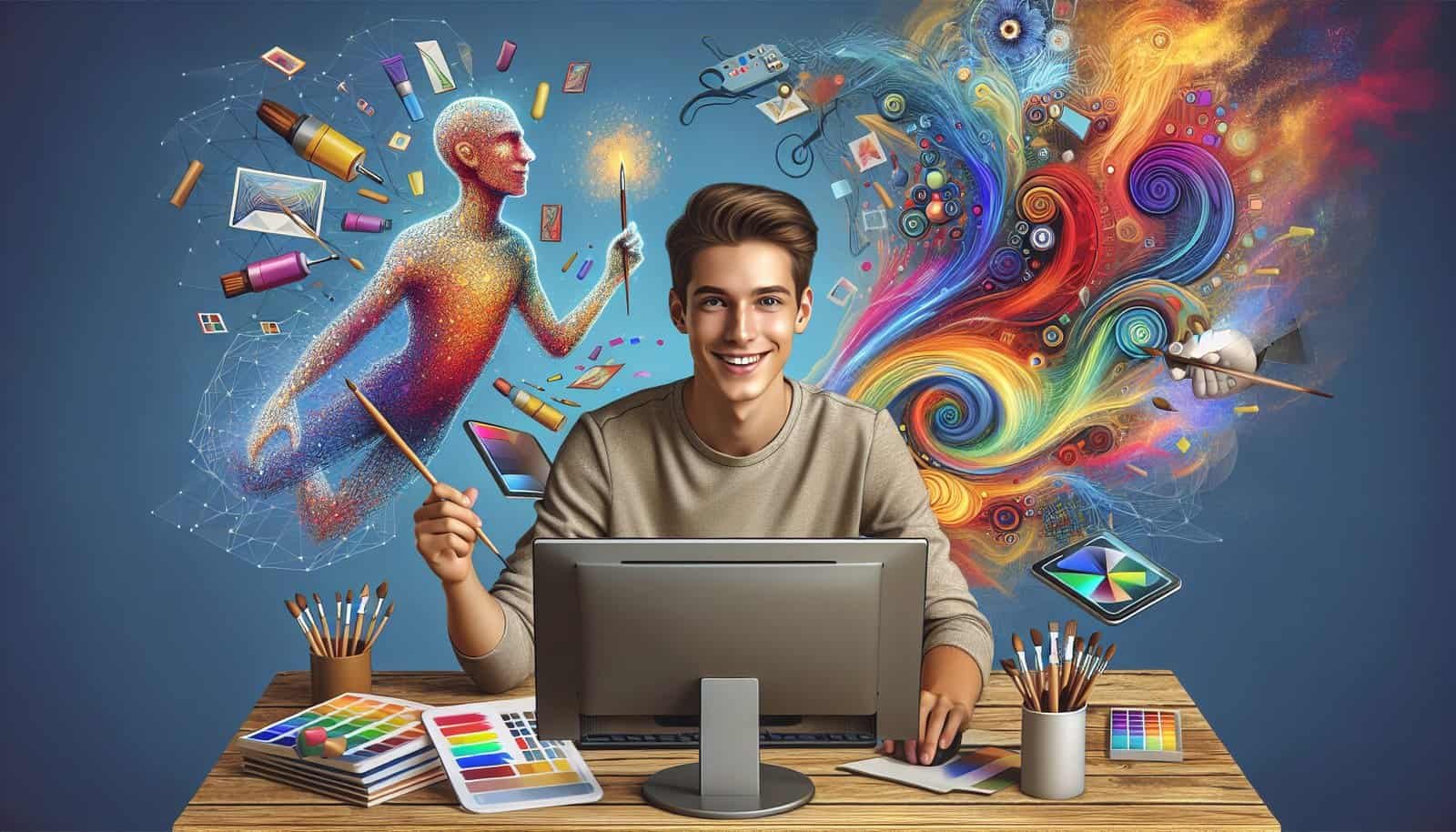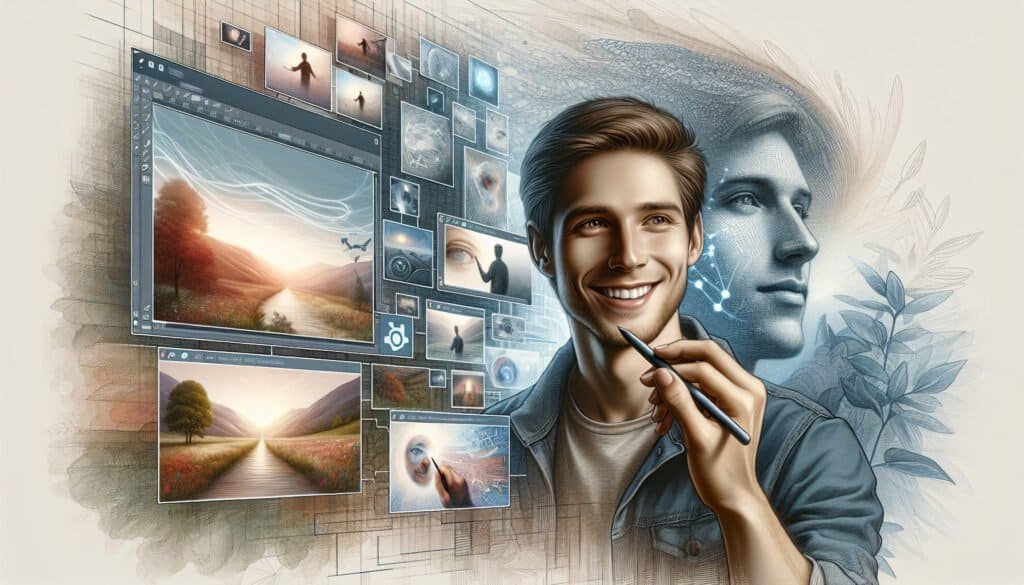AI image creation is here to stay! With the rapid changes in our digital era, artificial intelligence (AI) has evolved rapidly, where AI image generator is affecting the field of image creation significantly. The products generated by these new AI tools are created to supporting tasks from visual arts, graphic design, business owners and marketers. If this is your first time encountering this concept, first up: congratulations! You are now about to embark on an introduction to artificial intelligence image generation through this guide. It aims to help you better understand such tools, the process behind AI image creation, and how to get started with the AI image generation software.
What is an AI Image Generator?
AI image generators are powerful tools that use machine learning (ML) algorithms to generate new pictures when provided with specific input parameters such as a textual description, highly detailed style instructions, or a combination of both. Through the ‘learning’ of countless existing images, the generated visuals have super realistic aesthetics, and present great potential for creating new content in the field of fashion, gaming, advertising, marketing, etc.
How AI Image Generators Work
One of the key drivers of AI image generation is natural language processing (NLP) with artificial emotions fed into generative models like Generative Adversarial Networks (GANs) and diffusion models. Here’s how that works.
Paraphrase: Summary of the task: Paraphrase the input into human-sounding text while retaining the original length and keeping citations and quotes as they were.
Image Generation: The model begins creating an image based on the prompt. In diffusion models, this involves starting with a noisy image and gradually fine-tuning it for the description.
Output and Refined: Then you can tweak the final image using upscaling for better detail, or create variations for comparing different art expressions.
That’s an automated process, but it does require a particular knack at ‘prompt engineering’, ie knowing how to craft input prompts with just enough precision to nudge the AI in your chosen direction.

Getting Started with AI Image Creation AI Image Generators
You can start at a really basic level with something like Midjourney or DALL-E 2, which have a good, graphical interface.’ All you have to do on Midjourney is sign up to the Discord platform (more on that later) and input requests for images using text commands. Here is a quick introduction to Midjourney:
To the Platform: Midjourney runs on Discord, so first, create a free Discord account if you don’t already have one.
Join the Midjourney server: Visit the Midjourney website and sign up to their Discord server, which is where all the magic happens.
Join for as little as: Midjourney offers plans starting at $10/month including basic features and more advanced options for faster processing and private modes.
Generate Your First Image: Go to the server, input /imagine and your text prompt, and see your picture generated a few times from your input.
Polished Up: Transforms images for greater resolution.
Makes Versions: Creates new images for alternative iterations on a theme.
Crafting Effective Prompts
The outcome of your AI image largely depends on the prompt you give it. A good prompt is specific enough to generate something relevant to your request, but also leaves enough creativity to convey your own sense of self. Here are some tips:
Be detailed: Replace generic descriptions with truly detailed ones. For example, ‘a sunset over the calm ocean with sun-silhouetting palm trees’ instead of ‘a sunset’.
Use emotive language: Words that convey emotion or atmosphere are very persuasive – words such as ‘mystic’, ‘peaceful’ or ‘dramatic’ work really well.
Play with Styles: Make use of artistic styles or artists’ names to be more specific about certain styles – eg ‘in Van Gogh’s style’ vs ‘modern digital art’.

The Benefits of AI Image Generators
AI image generators come with many perks making them must-have tools today:
Time Efficiency: Produce high-quality images in minutes, speeding up content creation.
Cost-Effectiveness: Save money by automating processes otherwise handled by designers or stock photos.
Creative Boost: Generate novel ideas through unexpected visuals.
Scalability: Easily handle everything from one-off designs to large-scale projects.
Accessibility: You don’t need artistic skills to make amazing images—anyone can do it!
Challenges and Limitations
Furthermore, despite their advantages, AI image-generators can be prone to mistakes – the quality of the output often depends on the quality of the training data: the worse the dataset, the worse the image. AI is also very good at abstract, ‘stylised’ pictures, but most engines struggle to create fully realistic depictions of human faces.
There are also ethical issues – issues of originality, issues of misuse – that matter, and users need to remain acutely aware of this. They need to be responsible with this tech.
Conclusion
It is clear that AI image creation is having a moment, and the possibilities for creative and efficient ventures into the field are endless for everyone. Whether you’re an artist looking to experiment, or a business that aims to help expedite parts of your visual media – these tools are your friend. With a basic grasp of key concepts and a little time in the prompt engineering business, you too can utilise the potential previously only afforded to those few forward-thinking individuals willing to experiment with generative AI.
So get AI-imagery flowing now and graphics-mesmerising! The future’s creativity is here – and it’s digital and driven by AI!

